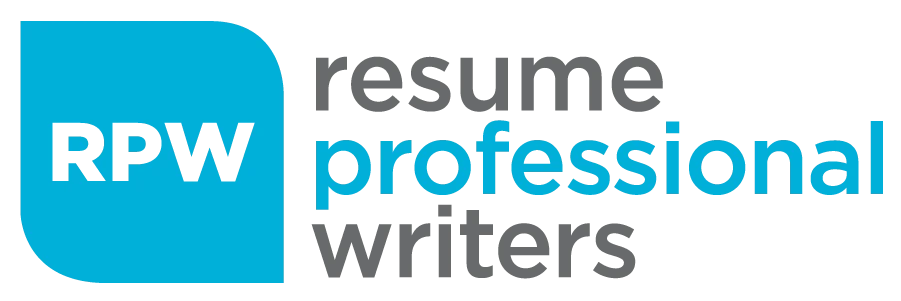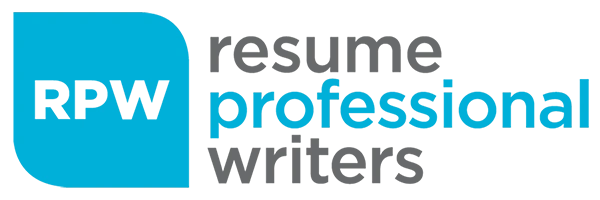Diversity, Equity, and Inclusion (DEI) is no longer just a buzzword—it is a business imperative. Companies across industries are recognizing that fostering a diverse, equitable, and inclusive workplace is essential—not just to attract and retain top talent, but also to drive innovation, productivity, and societal impact. For HR professionals, diversity advocates, and corporate leaders, understanding how to integrate DEI into organizational practices is no longer optional; instead, it is a responsibility.
This comprehensive guide explores why DEI matters, the benefits it offers, the challenges of implementing it, and actionable steps to build a truly inclusive workplace culture.
The Economic and Social Benefits of Prioritizing DEI
Why DEI is more than a moral duty
While DEI initiatives might begin as a way to reflect fairness and ethical principles, their impact on business performance goes far beyond that. According to a McKinsey report, companies ranking highly on diversity are 36% more likely to outperform their less diverse peers. Why? Simply put, an inclusive workplace taps into varied perspectives, leading to better decision-making and innovative problem-solving.

The measurable impacts of DEI initiatives include:
- Better employee retention: Employees who feel seen and valued are significantly less likely to leave.
- Enhanced creativity and innovation: Diverse teams bring different ideas and viewpoints to the table, sparking innovation.
- Higher revenue growth: Studies show that inclusive teams are more likely to penetrate new markets, boosting an organization’s bottom line.
- Improved talent acquisition: The modern workforce increasingly values companies with proven commitments to DEI, making it a powerful recruitment tool.
Socially, these initiatives work to challenge and dismantle injustices, creating fairer opportunities within and beyond business.
Common Challenges and Barriers to Implementing DEI
Building a diverse, equitable, and inclusive workplace sounds straightforward—but it’s rarely a smooth path. Organizations often face the following obstacles when developing DEI initiatives.
1. Resistance to Change
Introducing these initiatives often disrupts the status quo. Resistance can come from employees hesitant to adopt new practices or from leaders who see inclusion efforts as distracting from business goals.
2. Tokenism vs. True Inclusion
Many companies focus on meeting diversity quotas without building an inclusive culture where diverse voices are genuinely valued. This can lead to “token hires” and undermine credibility.
3. Bias in Recruitment and Promotion
Unconscious bias can deeply affect how candidates are hired, promoted, or evaluated. Without checks, recruitment can unintentionally favor majority groups, reinforcing inequality.
4. Lack of Organizational Buy-In
For DEI success, efforts must go beyond HR—it requires a top-down and bottom-up approach. Without leadership buy-in, progress stalls.
Best Practices for Creating a Diverse, Equitable, and Inclusive Workplace
Effective DEI integration requires intentionality, persistence, and strategic design. Here’s how organizations can succeed.
1. Educate and Train Leaders and Employees
- Provide unconscious bias training to raise awareness and help staff identify and adjust deep-seated biases.
- Use workshops to educate employees on cultural intelligence, privilege, and inclusive practices.
2. Build Accountability into Your Strategy
- Set clear, measurable objectives for diversity, equity, and inclusion.
- Regularly track progress using metrics such as pay equity, promotion rates across demographics, and diverse hires.
3. Cultivate Open Communication
- Establish safe spaces for dialogue on DEI, allowing employees to share experiences, concerns, and ideas.
- Encourage an open-door policy where feedback is welcome and acted upon.
4. Implement Inclusive Recruitment Processes
- Use structured, standardized interviews to minimize bias.
- Partner with recruitment platforms specializing in diverse candidates.
5. Develop Employee Resource Groups (ERGs)
- ERGs for underrepresented groups foster peer support and amplify voices.
- Ensure ERGs are given resources, recognition, and influence within your organization.

Case Studies of Successful DEI Initiatives
To understand DEI at work, let’s look at initiatives from leading companies demonstrating measurable success.
1. Salesforce
Salesforce launched its Equality Office to identify and eliminate pay disparities while creating development opportunities for underrepresented groups. They’ve committed millions to achieving workplace equality.
2. Microsoft
Through its Autism Hiring Program, Microsoft has created tailored recruitment processes and on-the-job support for employees on the Autism spectrum. The program has reshaped hiring practices globally.
3. Accenture
Accenture set a goal to reach a gender-balanced workforce by 2025. They’ve backed this commitment by embedding diversity metrics into company leadership scorecards.
4. Patagonia
Patagonia emphasizes both inclusion and sustainability by offering on-site childcare, investing in fair-trade manufacturing, and supporting employees from diverse socioeconomic backgrounds.
How Leaders, HR, and Advocates Can Promote DEI
True DEI success requires contributions from key organizational stakeholders.
- HR Professionals: Lead recruitment efforts, identify pay disparities, and champion training programs.
- Diversity Advocates: Share actionable insights and hold leaders accountable for progress.
- Corporate Leaders: Set the tone at the top by actively prioritizing DEI in company strategy and values.

Actionable Steps for Organizations Starting their DEI Journey
For those eager to begin or refine their DEI efforts, here are seven steps to take right now.
- Conduct an Equity Audit: Assess your organization’s current representation, giving you a clear picture of where inequalities exist.
- Develop a DEI Framework: Build goals around your findings and align them with broader company objectives.
- Collaborate with Experts: External consultants bring fresh perspectives, proven tools, and impactful training initiatives.
- Create Transparent Policies: Include clear commitments to fostering diversity, promoting fairness, and rooting out discriminatory practices.
- Promote Pay Equity: Conduct compensation audits to ensure all employees are paid fairly, regardless of background.
- Leverage Technology: Utilize software to screen job postings for bias and track performance metrics by demographic.
- Celebrate Diversity: Mark cultural celebrations and educational opportunities, building respect and awareness of all backgrounds.
DEI is Shaping the Future of Work
The ongoing relevance of DEI in the business world is clear. Forward-thinking organizations that commit to fostering diversity, equity, and inclusion will outperform and play a part in creating a fairer society.
For HR professionals, diversity advocates, and corporate leaders, the opportunity to build a workplace where everyone thrives is here. It’s time to make DEI a defining feature of your organization’s values and success.
If you’re looking to champion inclusivity in your workplace, our resources on workplace strategies offer valuable insights to help you create a thriving, equitable environment. Additionally, for professionals seeking to advance their careers in DEI-focused organizations, our resume writing services can help you craft a resume that highlights your expertise and commitment to diversity.
Let’s shape the future of work together—one inclusive step at a time.








